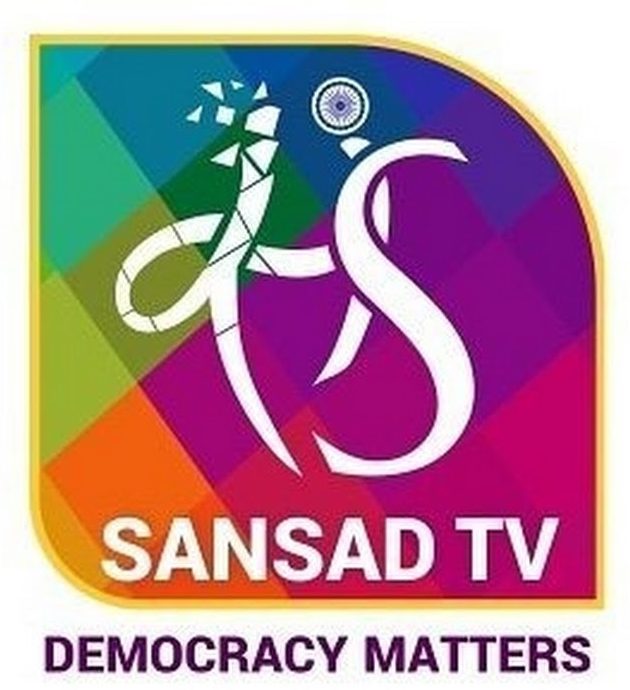[ad_1]

Introduction:
The Modernisation of Police Forces scheme was initiated in 1969-70 and has undergone several revisions over the years. The Supreme Court in the landmark Prakash Singh case of 2006 gave seven directives where considerable work in police reforms is still needed. In this episode Sansad TV discusses the recommendations and observations made by the Committee on Home Affairs on Police Reforms. The committee noted with concern the 21% shortfall in actual strength of state police forces. The panel said women are abysmally underrepresented in the police force, constituting only 10.30 percent of the police force. The Committee is of the view that modern policing requires strong communication support, state-of-the-art modern weapons, and a high degree of mobility for quick response.The Committee notes with anguish that 257 police stations do not have vehicles, 638 police stations do not have telephones.
- In the past four decades, several commissions have been set up to examine police reforms. These include the National Police Commission (1977, Chair: Mr. Dharma Vira), the Committee on Reforms of Criminal Justice System (2003, Chair: Dr. V.S Malimath), and the Committee on Restructuring of Police (2000, Chair: Mr. K. Padmanabhaiah). In addition, the Bureau of Police Research and Development (BPR&D) has also made several recommendations in the past to improve the policing system. Key observations and recommendations of the Committee include:
- Police training: The Committee noted that there is a need to develop soft skills and bring a behavioural change in the police personnel, and train them on understanding and using new technology to solve crimes. It recommended transforming several aspects of current training programmes, such as: (i) adding programmes on artificial intelligence, robotics, drone technology, forensic and ballistic sciences, (ii) emphasising on procedures during arrests and rights of the detainee, (iii) including updates in laws, and (iv) creating training manuals on the local customs of tribals and other vulnerable groups.
- Linkage with universities: The Committee recommended that the Ministry of Home Affairs (MHA) may advise states to link a cluster of police stations to a particular university. It also recommended that the MHA may collaborate with state governments to open more police universities in their respective states. These universities can then take up research on regional issues related to crime, criminal justice, public safety, and security.
- Common training module: The Committee noted that a common minimum standard of police training must be maintained. It recommended that BPR&D may prepare a common training module and shared it among states/union territories (UTs). Online libraries of central and state police training academies may be created to make them available across the country.
- Use of technology by state police: The Committee recommended that the MHA should collaborate with states and UTs to deploy unmanned aerial vehicles for: (i) VVIP security, (ii) surveillance of crime hotspots, (iii) crowd control and riot management, and (iv) disaster management. MHA may advise states and UTs to integrate Crime and Criminal Tracking Network System (CCTNS) data with that of courts, prisons, and forensics to reduce duplication of work and errors. Further, MHA may incentivise states to leverage technologies like artificial intelligence and big data for policing. The Committee also recommended that MHA may advise states to set up cyber cells in all the districts to map cyber-crime hotspots.
- Vacancies in state police forces: The Committee noted that there is a nearly 21% shortfall against the sanctioned strength of 26.2 lakh in state police forces. This leads to overtime work for personnel in stressful situations and affects the efficiency of the force. It recommended that the MHA may advise states/UTs to conduct police recruitment drives as a concentrated mission and remove the administrative bottlenecks for the recruitment of police personnel at different ranks. Further, MHA may task BPR&D to conduct a study to determine functions of the police that can be outsourced with requisite training.
- Adoption of Model Police Act, 2006: The Committee noted that the Model Police Act had been forwarded to all the states in 2006. Since then, 17 states have either enacted the Model Act or amended their existing Police Acts. The Committee recommended that the MHA may take feedback from the remaining states and pursue them on the adoption of the Act. Further, MHA may collaborate with the 12 states and UTs that have not implemented the recommendations of the Mooshahary Committee on police reforms to furnish their current status on those recommendations.
- Independent police complaint authority: The Committee noted that 31 states/UTs have constituted Police Complaints Authorities (PCA) at the state and district levels for looking into complaints against police officers. The Committee stated that the PCA should be established outside the police force. Therefore, it recommended that the MHA, with the Ministry of Law and Justice, may collaborate with states to ensure an independent composition of the PCA. The PCA should comprise of retired High Court Judges, retired senior civil servants, and eminent jurists with the representation of women. The Committee also recommended that the MHA may advise states that the internal grievance redressal cell of police should work in a time-bound manner to ensure that the grievances of aggrieved police personnel are addressed in time.
[ad_2]

